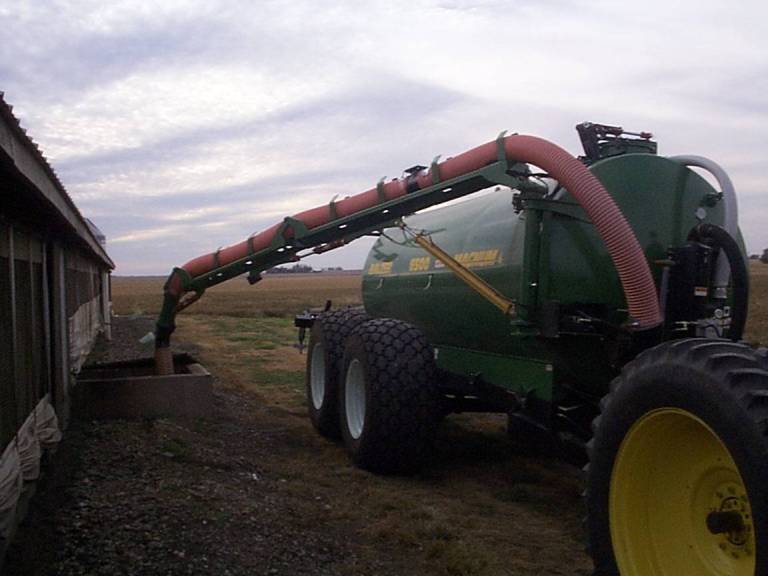The American Society of Animal Science (ASAS) reports that a recently published Agricultural Research Service (ARS) study has identified a new bacterium species in a manure storage pit. ARS scientists conducted an isolation procedure for bacteria that may produce ammonia and found seven unknown bacterial isolates. Using additional gene sequencing techniques, the researchers confirmed the isolates belonged to a previously unknown bacterial species in the genus Peptostreptococcus. Until this discovery, researchers had only identified two other species, P. anaerobius and P. stomatis, within the genus Peptostreptococcus.
July 12, 2012

The American Society of Animal Science (ASAS) reports that a recently published Agricultural Research Service (ARS) study has identified a new bacterium species in a manure storage pit. ARS scientists conducted an isolation procedure for bacteria that may produce ammonia and found seven unknown bacterial isolates. Using additional gene sequencing techniques, the researchers confirmed the isolates belonged to a previously unknown bacterial species in the genus Peptostreptococcus. Until this discovery, researchers had only identified two other species, P. anaerobius and P. stomatis, within the genus Peptostreptococcus.
The new species produced such prodigious amounts of ammonia that it met the criteria for classification as a hyper-ammonia-producing (HAP) bacterium, which can produce and release significantly larger amounts of ammonia than other types of bacteria.
The scientists think studying this newly identified species could provide valuable information about the mechanisms involved in the production of noxious odors in manure pits. This knowledge, in turn, could help in the development of strategies for mitigating the microbial processes that result in these odors.
The new species was named Peptostreptococcus russellii, in honor of the late James B. Russell, an ARS researcher who made many substantial contributions to rumen microbiology, including the initial isolation of HAP bacteria.
ARS researchers Terry Whitehead and Mike Cotta at the agency’s National Center for Agricultural Utilization Research in Peoria, IL, conducted the population surveys to identify and characterize the different bacteria that live in manure pit environments, leading to the discovery of these new bacteria.
Read an abstract about the research results in the International Journal of Systematic and Evolutionary Microbiology athttp://ijs.sgmjournals.org/content/61/8/1875.abstract?sid=f9aa0b23-c5cd-44a5-a6d2-ee371d83dca1.
You May Also Like



